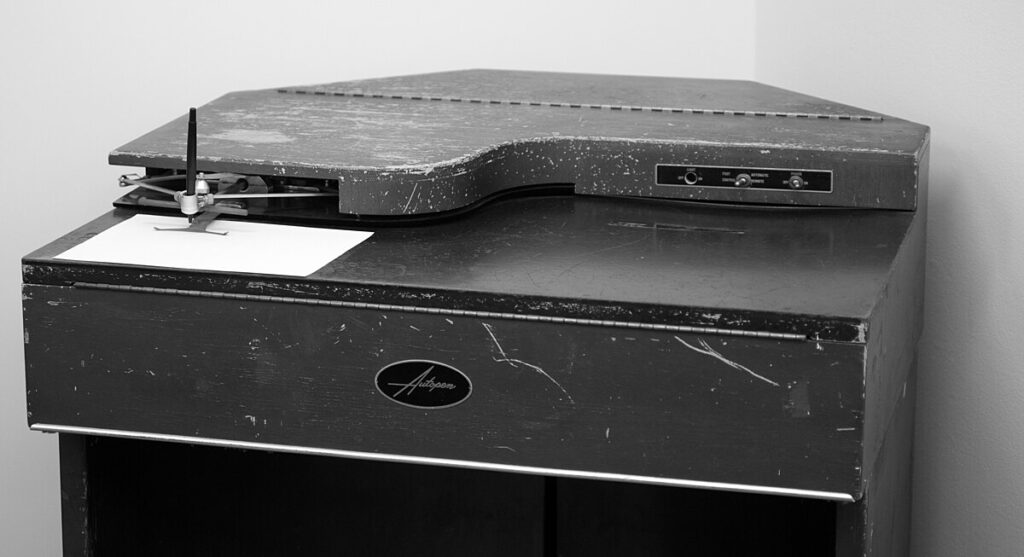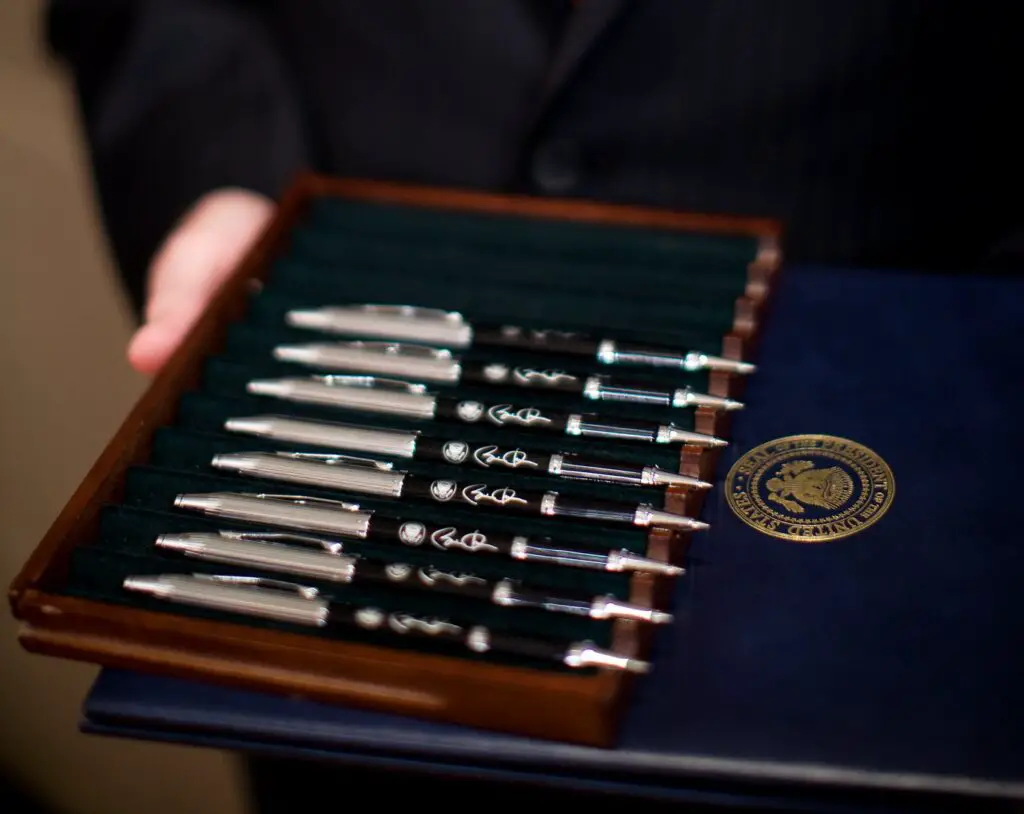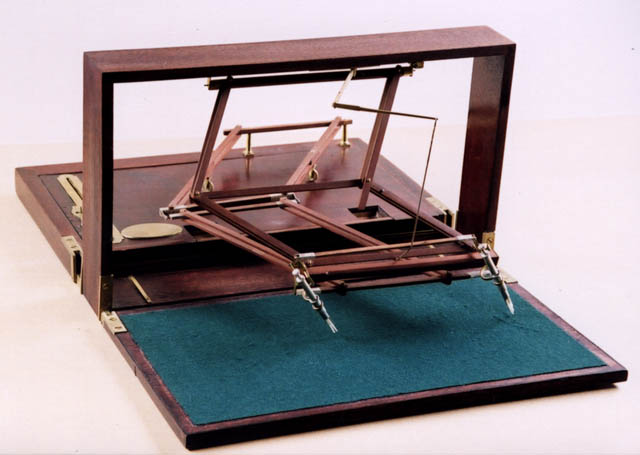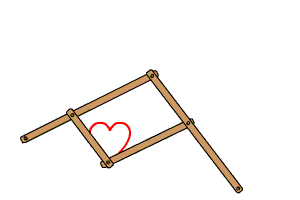The signature of the President of the United States is on an endless array of documents, from simple correspondence to bills signed into law. But the president can’t possibly sign every piece of paper himself, so for years, the president’s signature has sometimes been “written” by a mechanical arm. This is done by a device called an autopen.
The autopen essentially copies all the strokes of a person’s signature, stores them, and then replicates the signature using a multi-axis robotic arm. The machines can write on almost any surface and are portable and small. The autopen makes an exact physical copy of a president’s signature and is considered more authentic than a digital reproduction.
The autopen has been in use by the White House since the Truman administration in the 1950s and by each president since that time. The administration under Gerald Ford was the first to reveal that the autopen was in use, but it was known to be used by Presidents Kennedy, Nixon, and Johnson. The device is a well-guarded secret since it is capable of physically replicating the president’s signature, so the details about the one the White House uses are unknown.

While the autopen was mainly used for personal correspondence or standard government documents, the use of the autopen to sign a bill into law had never occurred. That changed on May 26, 2011, when President Obama signed an extension to the Patriot Act from France. He later signed another bill into law when he extended the Bush tax cuts on January 3, 2013, while in Hawaii.
The constitutionality of signatures using the autopen had previously come into question during the Bush administration. The Justice Department found they were legal though President Bush never used the autopen to sign a piece of legislation. No other president had used the machine to sign legislation until the bill signed by President Obama. Presidents Reagan and Clinton even had bills flown to them so they could sign them in person. The Obama administration referred back to a Justice Department opinion in 2005. They stated it was legal and that the president doesn’t need to physically sign a bill he had already decided to sign.
The use of something similar to the autopen has been in use much longer than when President Truman started using it while in office. Thomas Jefferson used an automated machine called a polygraph. It was a device where a writer would use one pen to write, and another pen would physically copy the movements of the writer. Jefferson used the device to copy documents he was writing. While during that time it was called a polygraph, it was more in line with a pantograph, a device used in drafting to make drawings larger than the original. The polygraph’s modern meaning is as a lie detector machine. The ability to store parts of a signature or writing didn’t occur until the 1930s with the introduction of the Robot Pen, an automated signing machine.
What sets the autopen apart from a digital image of a signature is that there are similarities between a signature signed using the autopen, but they aren’t exact copies as would happen with a digital image. Also, the autopen can be adjusted for pressure and speed. Just like a real signature, an autopen’s signature can be variable and slightly different while being the same.
Sources: Forbes, CBS News, Politico, Smithsonian, Monticello.org, Autopen Co, NY Times




